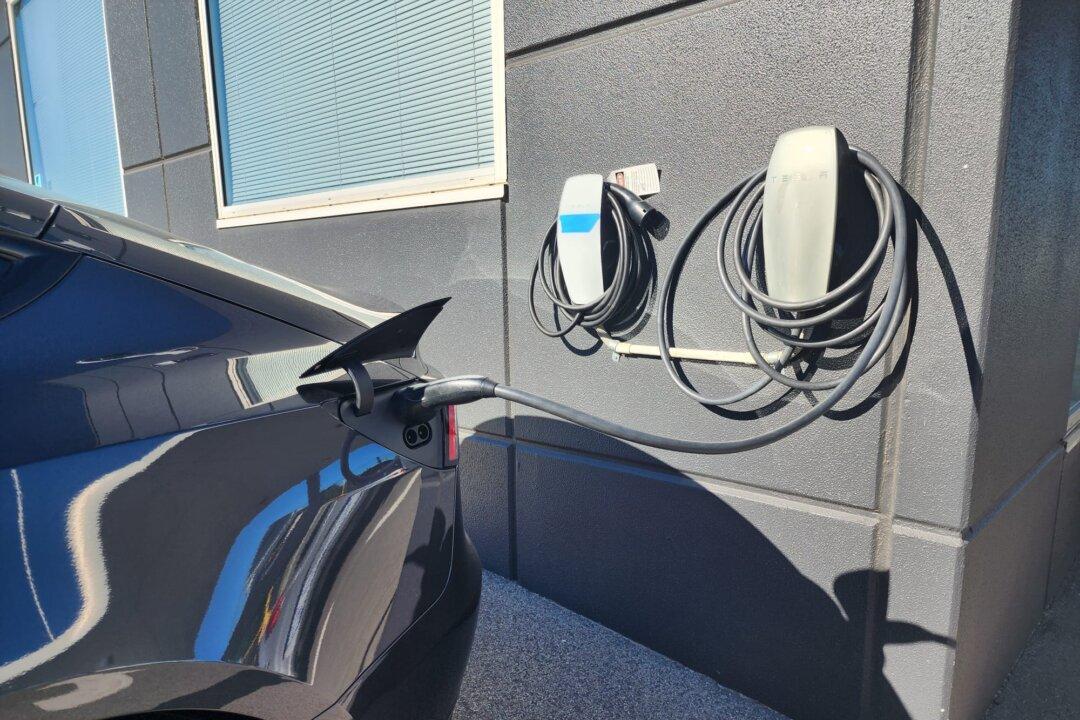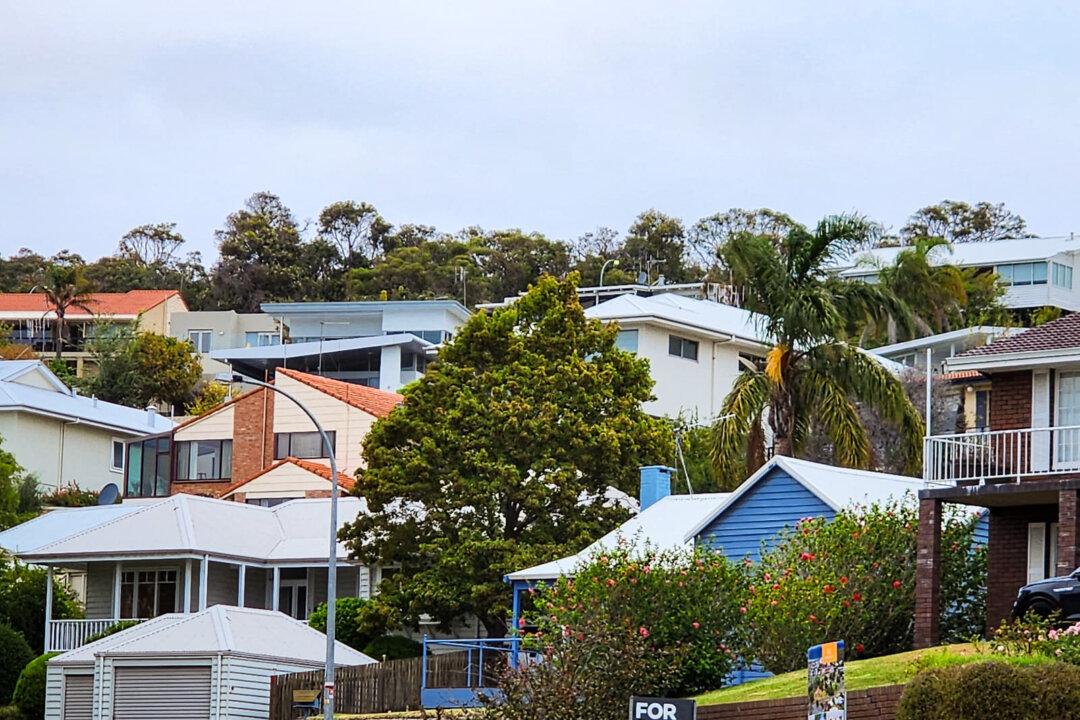Australian manufacturing and cleantech investments could boost profits by $215 billion (US$142.2 billion) and support 53,000 new jobs by 2035, according to a report by Beyond Zero Emissions (BZE).
Based on the report’s key findings, developing solar, wind, batteries, heat pumps, and commercial electric vehicles (CEVs) onshore supply chains is essential for propelling the country’s economic growth.
Battery technologies, in particular, are deemed the most promising sector for Australia’s economy and a significant contributor to decarbonisation efforts. Alone, they can create up to 20,000 jobs and generate $114 billion in domestic revenue by 2035.
BZE CEO Heidi Lee emphasised Australia’s potential to lead the transition to clean technology with its natural resources, innovation capabilities, and manufacturing capacity.
Australia has one of the largest reserves of raw minerals necessary for cleantech but lacks refining or processing, capturing only a tiny percentage of supply chain value.
As such, the BZE recommends that instead of exporting these processes, the nation must refine, process, and manufacture these mineral reserves to achieve a $215 billion profit boost.
“From making batteries to recycling steel, the future is already being made in Australia. We have the skills, capabilities, and key technologies needed for a zero emissions economy—let’s put them to work,” Ms. Lee said.
Strategic investments in industries and regional communities that would allow a shift away from fossil fuel use will support places like Gladstone in Queensland, Kwinana in Western Australia (WA), and the Hunter Valley region in New South Wales (NSW).
Other recommendations include time-limited financial incentives to foster a competitive manufacturing landscape while spurring demand for local cleantech products.
Australia Needs to Ramp Up Supply
As the clean energy transition is gaining momentum, Australia must ramp up supply over the next 10 to 15 years to meet its climate targets.With its current supply, the nation must deploy a 27-fold increase in heat pumps, 16-fold in batteries, nine-fold in wind, three-fold in solar panels, and a far greater number of CEVs.
By 2035, the National Electricity Market is expected to be powered by 93 percent renewables, a considerable surge from today’s 36 percent use, according to the Australian Energy Market Operator’s Green Energy Export Scenario.
Australia’s green export mix is also poised for $333 billion per annum growth by 2050, almost triple the value of fossil fuel exports in 2020/21, according to the report.
The country has the opportunity to further establish the capabilities of its cleantech manufacturing industry by using its low-cost renewable energy resources to produce zero-emission materials and equipment.
“We don’t need to do everything, everywhere and all at once. We need to double down on doing more of what we know, and support the communities, industries and businesses already set up and ready to make Australia’s future,” Ms. Lee concluded.
Last week, the federal government announced it would expand the New Energy Apprenticeships Program, helping more apprentices and trainees to upskill in sectors with exposure to clean energy.
It is also expanding the types of apprenticeships available, including those for designing and constructing hydroelectricity, solar and battery installations, and electric vehicle maintenance.
“The Albanese government’s expanded New Energy Apprenticeships Program is helping ensure our workers can capitalise on the clean energy transformation and are skilled to take part in the renewable energy and electric vehicle sectors,” Climate Change and Energy Minister Chris Bowen said.






